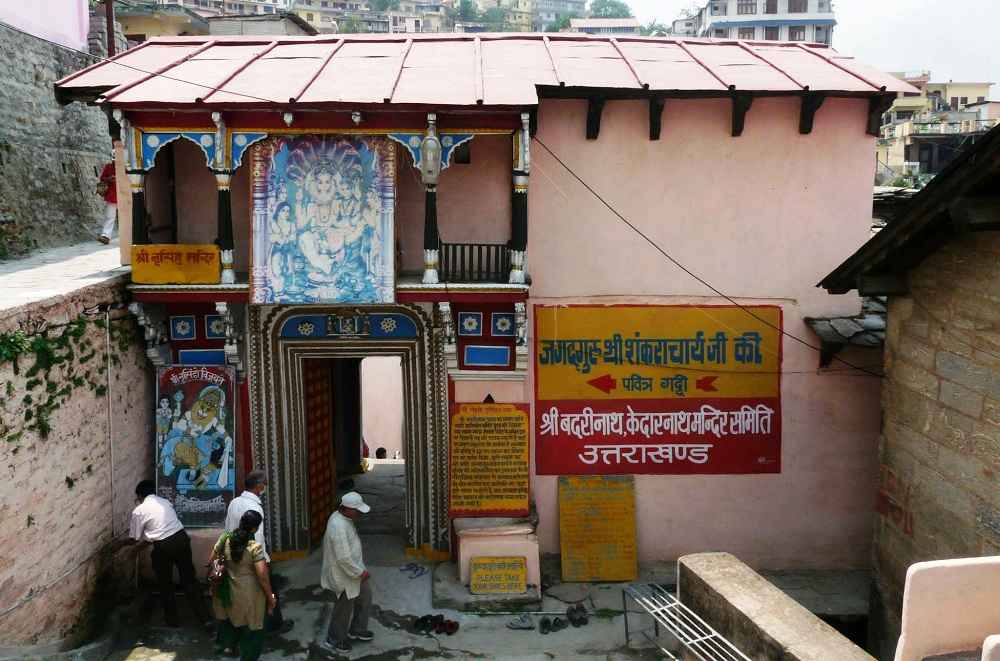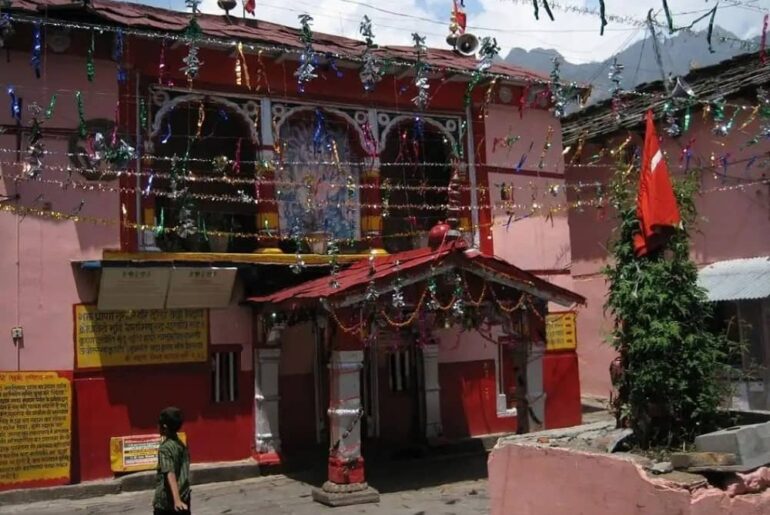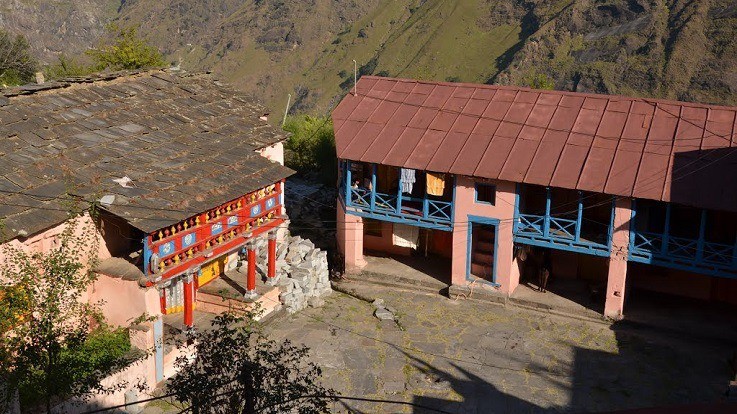About Jyotirmath: One of the Divya Desams out of 108 in India
Jyotirmath, also known as Joshimath. It holds a significant place as the northern monastery (Uttaramnaya Matha) among the four cardinal institutions established by Adi Shankara.
The others being Shringeri in Karnataka (Purvamnaya), Puri in Odisha (Dakshinamnaya), and Dwarka in Gujarat (Pascimamnaya). Each of these institutions is led by a Shankaracharya and serves as a focal point for the Dasnami Sannyasins associated with Advaita Vedanta.
It lies near the pilgrimage town of Badrinath in Uttarakhand, specifically oversees the Atharva Veda tradition according to the tradition initiated by Adi Shankara.
The Mutt ( monastery ) is not only a spiritual center but also serves as a base for travelers visiting nearby attractions such as Guru Gobind Ghat and the Valley of Flowers National Park.
Atharva Veda Tradition
Jyotir Math, located in Uttarakhand, is a monastery associated with the Atharva Veda, situated in northern India. Totakacharya was appointed as its head. The philosophy advocated by this Mutt is ‘Ayamatma Brahma’, which translates to ‘This Atman is Brahman’. Jyotirmath Peetham was established with a foundation based on the principles of the Atharva Veda.
Suggested Read: Rishikesh to Joshimath: A Travel Guide

Divya Desams
Purpose & Significance
It, also known as Jyotir Peeth, holds a significant place in the story of Adi Shankaracharya, the 8th-century philosopher and theologian. Adi Shankaracharya established Jyotirmath as one of the four principal Mathas (monasteries) across India,. This place is dedicated to advancing the philosophy of Advaita Vedanta.
The primary purpose was to preserve and propagate spiritual knowledge and practices. Legend has it that Adi Shankaracharya undertook penance at Jyotirmath, particularly under a tree known as the Amar Kalpavriksha. The name “Jyotirmath” itself signifies the divine light of knowledge that Adi Shankaracharya realized during his time there, with ‘Jyoti’ symbolizing divine light.





Comments are closed.